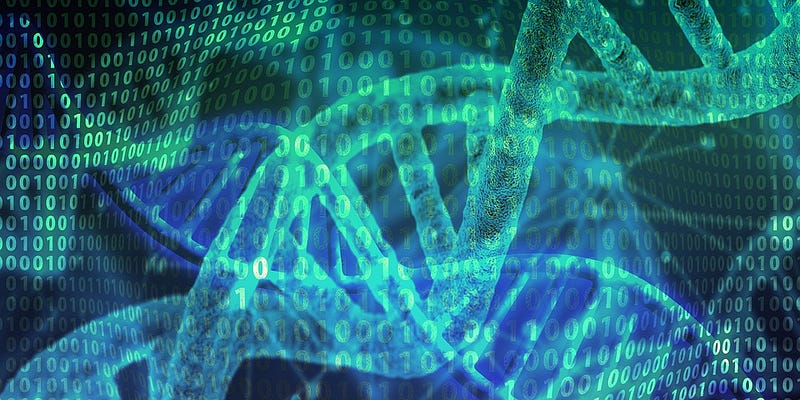Resurrecting Ancient Antibiotics: Machine Learning in Action
Written on
Chapter 1: The Tapestry of Human Existence
For much of our prehistoric timeline, humanity was not a singular story but a tapestry woven with multiple human species. Approximately 40,000 years ago, although this is still debated, Neanderthals roamed Europe and Southwest Asia, ultimately succumbing to various factors including climate change, diseases, and competition with anatomically modern humans.
In East Asia, another enigmatic species, the Denisovans, thrived. Our knowledge of them is sparse, primarily consisting of fragments like teeth and finger bones, with estimates suggesting they disappeared around 50,000 years ago.
Recent advancements in paleogenetics have enabled scientists to analyze genetic remnants from both Neanderthals and Denisovans. Researchers are even attempting to reconstruct miniature Neanderthal brains in laboratory settings, revealing that differences in gene regulation may distinguish Neanderthals from modern humans. Notably, some Neanderthal gene sequences found in contemporary human DNA can influence our responses to medications.
Molecular De-extinction: An Innovative Approach
While the idea of resurrecting a woolly mammoth may be far-fetched, the concept of molecular de-extinction is more tangible. This recent study explores the revival of Neanderthal and Denisovan proteins, specifically antimicrobial peptides (AMPs), using machine learning.
Researchers developed a model trained on existing protein sequences known for their antimicrobial properties. This model was then employed to examine the genomes of modern humans, Neanderthals, and Denisovans, resulting in the identification of several antimicrobial peptide sequences in the archaic proteomes of our extinct relatives.
The effectiveness of these peptides was tested in vitro, revealing that 10% of newly identified modern AMPs exhibited activity against various pathogens under at least one condition, while nearly 9% of ancient AMPs showed similar results.

Section 1.1: From Lab to Life
The research team didn't stop at Petri dishes. They further evaluated some of the effective, previously unknown AMPs in mice suffering from skin abscesses or thigh infections. The results were promising: these AMPs demonstrated antibacterial properties comparable to the best-known AMPs, significantly reducing bacterial loads in abscesses and inhibiting bacterial growth in thigh infections. Remarkably, there were no observed toxic effects.
The authors assert that this research serves as proof-of-concept for utilizing molecular de-extinction as a viable framework for antibiotic discovery. Furthermore, they unveil the first known antimicrobial subsequences encoded within archaic human proteins.
Chapter 2: The Future of Antimicrobial Research
Next on the horizon: could Neanderthal-derived vaccines be possible?
For insights into broader topics in science, technology, and philosophy, consider subscribing to my newsletter, Thinking Ahead. Your engagement is greatly appreciated.